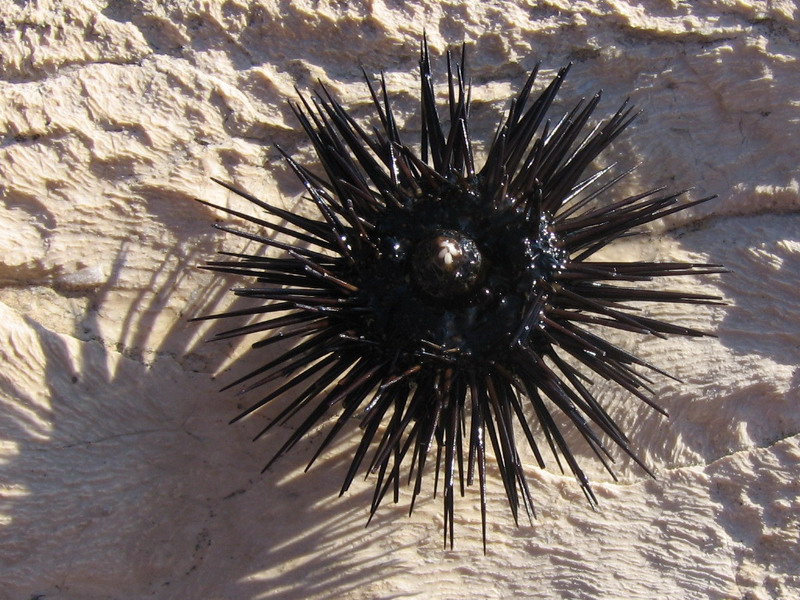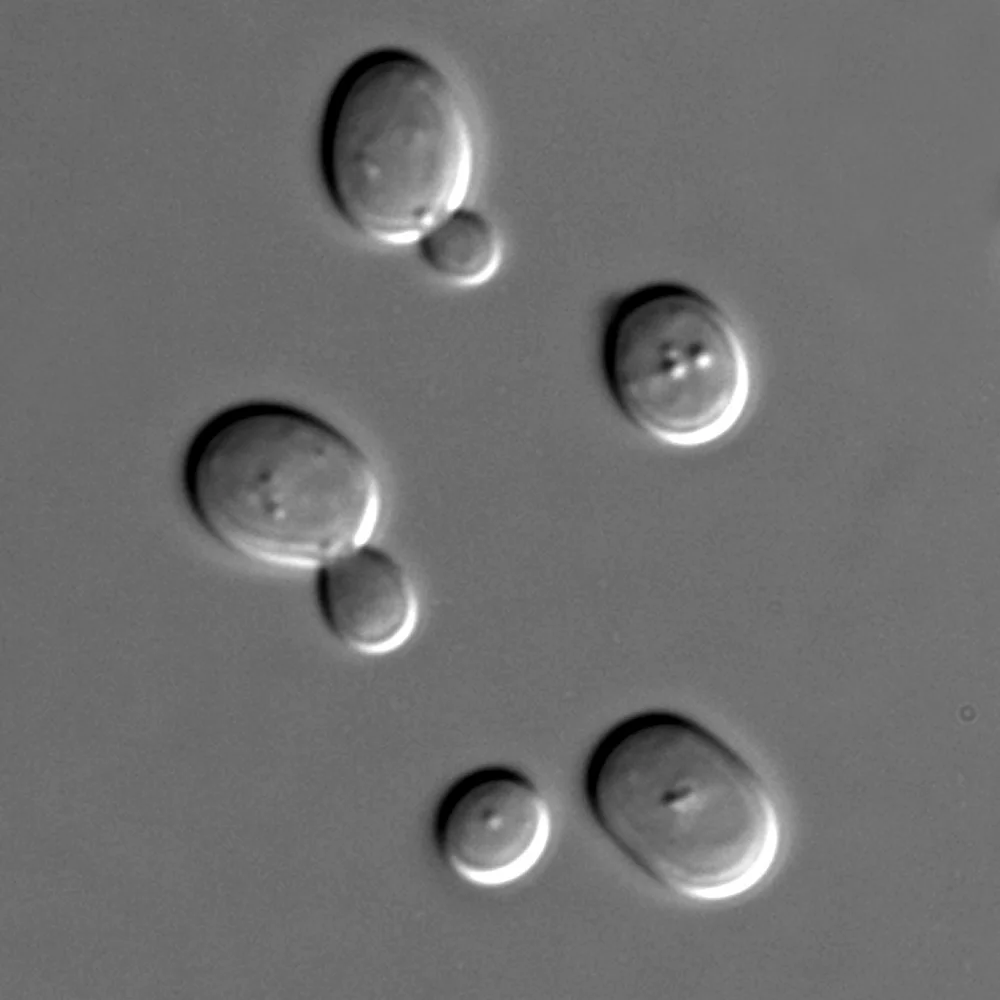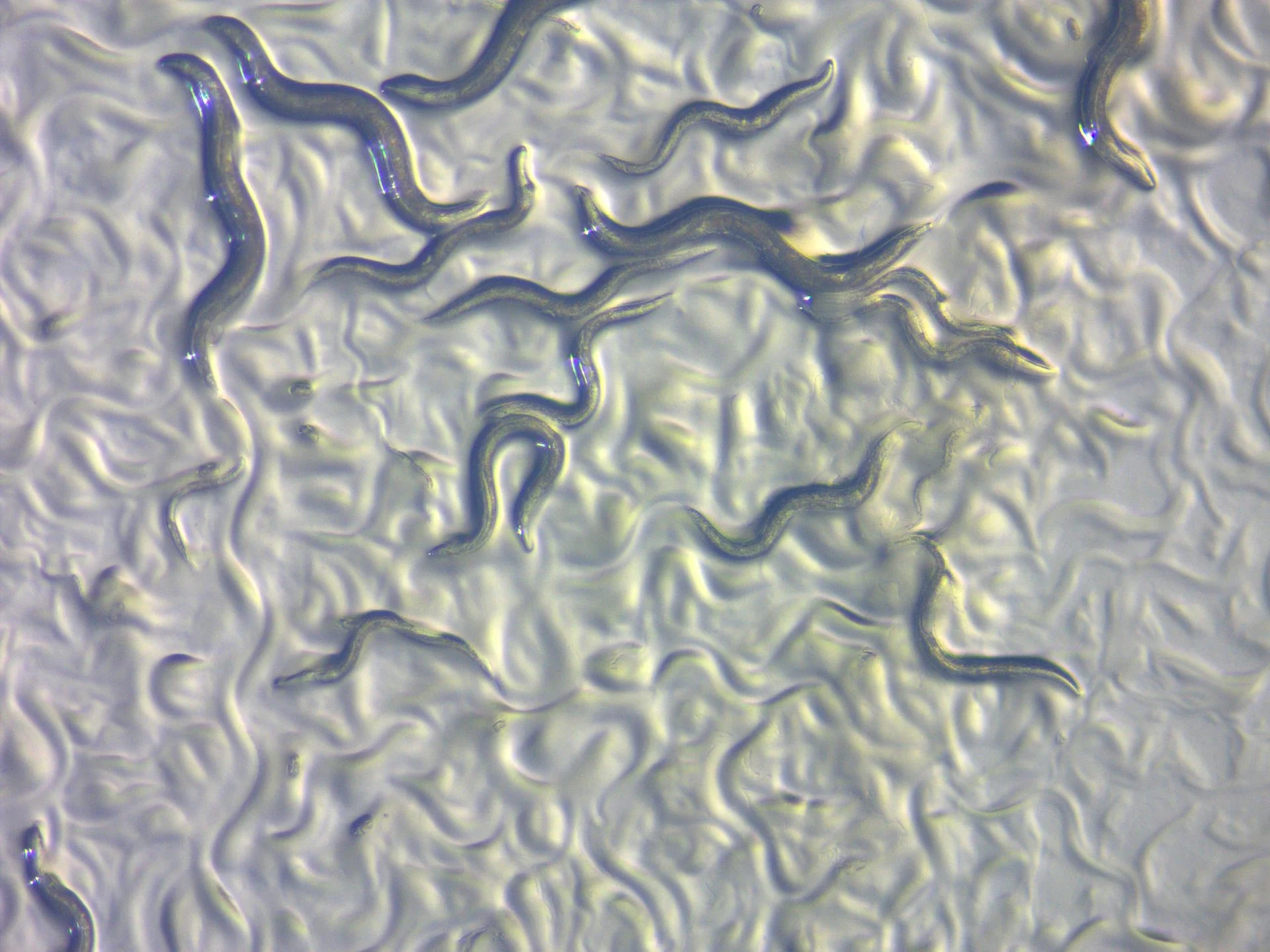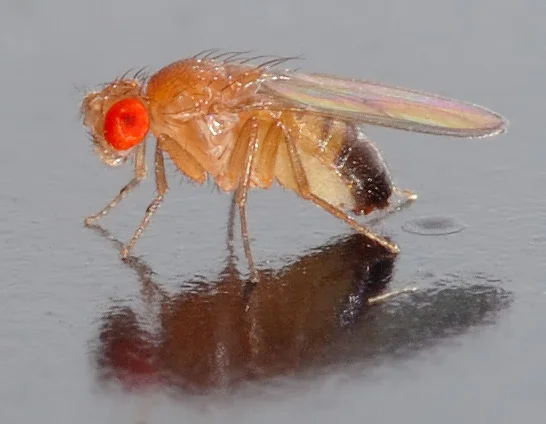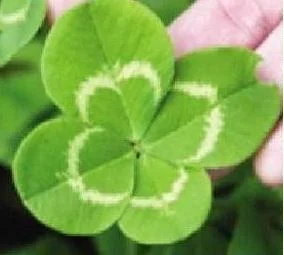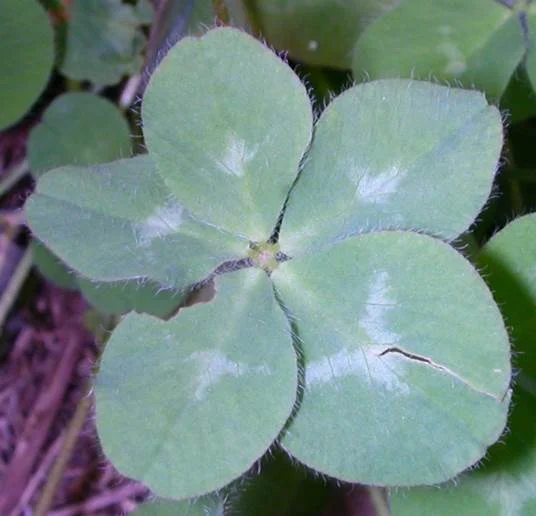When I think of the holiday season, the first thing that comes to mind is all the deep and inviting fragrances that this time of year brings. As we awaken from our Thanksgiving feast-induced stupors, we undoubtedly will be bombarded with the smells of the holiday season for the next 30 days – smells that will trigger memories of holidays past, like warm cookies fresh out of the oven, the rich spices in mulled wine and ciders, and the best smell of all to an outdoor enthusiast like me, the crisp and clean scent of Christmas trees.
The Smell Of Christmas Is In the Air… and bark!
see attribution below.
Christmas trees are an evergreen conifer, a type of tree that includes spruce, pine, and fir. Have you ever wondered what gives Christmas trees their signature scent? The answer is a mix of chemicals called terpenes. Terpenes are in the sticky resin substance exuded by these conifers. Terpenes are a class of molecules that give off the sharp and sweet Christmas tree scent. When the tree bark is damaged, such as when the tree is cut down to be sold, the resin flows out of the bark. In nature, the layer of resin hardens to protect the damaged area of the bark. The terpenes in the resin inhibit the growth of fungi and also deter herbivores, notably the bark beetle, which otherwise would feed on the tree.
Terpenes are also released into the air. If you’ve ever been to or seen pictures of pine forests and mountains, you might have noticed a hazy, blue aura and clouds above the trees. Scientists believe that the terpenes released by the trees into the atmosphere react with the air to collect moisture and form clouds in order to protect the trees from harsh sunlight and to keep the forest cool. Terpenes are what make the Smoky Mountains smoky!
Smoky Mountains National Park
The principal molecule that gives the earthy pine smell to the trees is called pinene. Pinene has two different forms called alpha-pinene and beta-pinene. These two molecules are mirror images of each other,* and beta-pinene is what provides the woody fragrance we associate with pine trees. Both forms of pinene are very flammable and are the reason Christmas trees and pine cones burn easily. This is also why forest fires can spread so quickly. At room temperature, pinene molecules are volatile and evaporate, fortunately, is which is why we are able to smell them so strongly in our homes!
Different species of conifers have distinct smells due to different mixtures of various molecules. For example, bornyl acetate, also called heart of pine, gives off the rich depth of pine scent and is found in pine and fir trees.** This is the compound that is commonly used to make pine fragrances you see sold in stores. Both balsam firs and silver pines (two species of conifers used for Christmas trees) are rich in bornyl acetate. Other molecule compounds that give off distinctive scents include limonene (a citrus scent), camphene (a camphor aroma), and alpha-phelladrene (a minty and citrus-y fragrance).
So now we know that terpenes are made by conifers to protect themselves from other organisms, and they happen to confer that refreshing scent that many of us bring into our homes in December. But, did you know that many non-fragrant consumer products are made with terpenes as well?
Other uses for terpenes
You may guess correctly that the most widely used product made from terpenes bears its name – turpentine. Turpentine is a solvent that is used as a paint thinner. Terpenes are also used in medicine as an anesthetic and even in anti-malarial and anti-cancer treatments. Additionally, plant-derived compounds have been the focus for a more sustainable future. Many scientists and engineers in the past couple of decades have concentrated their efforts to develop processes that might allow terpenes to replace petroleum in both the fuels and plastics industries.
Terpenes and Energy
E. coli bacteria - the strain of bacteria genetically engineered to produce terpene. see attribution below.
Chemically, terpenes and petroleum are related because both are mixtures of compounds called hydrocarbons, or molecules composed only of hydrogen and carbon. Although the chemical structures of the compounds are different, scientists are familiar with the processes and procedures needed to manipulate hydrocarbons into useful molecules. The benefit of using terpenes instead of petroleum is that they are a renewable resource, reducing our dependence on fossil fuels and thus our impact on the environment.
Terpenes are generated in large amounts as a waste product by the lumbering industry, but unfortunately, conifers do not produce enough terpenes to sustain a fuel industry. Two tons of wood chips only provide 4 kilograms (8.8 lbs) of crude turpentine. To address this, scientists are exploring the potential of genetically engineering bacteria to produce these compounds. To this end, a research group at the University of California, Berkeley has created a strain of bacteria that can convert sugar into terpenes, showing that these genetically modified bacteria may be a sustainable source of terpenes in a process that is analogous to brewers using yeast to make beer.
Research conducted in the Navy in the last decade found that two molecules of the pinene joined together has very similar properties to JP-10, a rocket fuel that is widely used in commercial and military launches. This researched has inspired biochemistry researchers to pursue pinene as a cheaper and sustainable fuel. In 2014, a laboratory at the Georgia Institute of Technology created a bacteria strain that produces pinene in the hopes of providing an alternative fuel source. Efforts now in this field are aimed at scaling up pinene production to be efficient and cheap enough to be viable in the fuel industry.
Making Plastics More Sustainable
Plastic pollution often accumulates on beaches. see attribution below
Another environmental issue being addressed with terpenes is the plastics industry. The large amount of plastic being created and disposed of is filling our landfills and oceans, and entire islands composed entirely of this garbage have been found in the Pacific Ocean. It is amazing and sad to think that almost every piece of plastic that has ever been produced is still in existence because the vast majority of plastics are not biodegradable. Furthermore, the process of creating these plastics requires petroleum. Even biodegradable plastics made from corn or sugar cane require some form of crude oil to manufacture. A research group at the University of Bath is investigating the use of pinene as an alternative to oil to produce these biodegradable plastics, as these polyesters (the main component of plastics) combined with pinene can create a flexible and strong material, completely circumventing the use of fossil fuels. Given the staggering amounts of plastic being created every day, even eliminating just the need for fossil fuels would have a large impact.
Christmas trees throughout history have come to be a symbol of life and hope, staying green through the entire winter and reminding people of the spring to come. Perhaps this year when you take a deep breath and savor that sharp and sweet pine scent, you will have a new appreciation for these trees. These trees are no longer only a symbol of hope, but the very chemical compounds that it produces could be the key to a sustainable and more environmentally conscious future for us all.
*Molecules that are non-superimposable mirror images of each other are called enantiomers.
**Bornyl acetate belongs to a class of compounds called esters. Esters are found in fruits and are known and used for their pleasant smells.
References:
· “The Aroma of Christmas Trees.” Compound Interest, 19 December 2014. http://www.compoundchem.com/2014/12/19/christmastrees/. 24 November 2017.
· “Bacteria could be rich source for making terpenes.” News from Brown. Brown University, 22 December 2014. https://news.brown.edu/articles/2014/12/terpenes. 24 November 2017.
· Conners, Deanna. “Why pine trees smell so good.” Earth. EarthSky, 22 December 2016. http://earthsky.org/earth/why-conifer-christmas-trees-pine-spruce-fir-smell-terpenes. 23 November 2017.
· Helmenstine, Anne Marie. “Why Christmas Trees Smell So Good: Chemistry of the Christmas Tree Aroma.” Science, Tech, Math. ThoughtCo. https://www.thoughtco.com/why-christmas-trees-smell-so-good-606134. 24 November 2017.
· Howgego, Josh. “Terpenes: not just for Christmas.” Education in Chemistry. Royal Society of Chemistry, 1 January 2014. https://eic.rsc.org/feature/terpenes-not-just-for-christmas/2000116.article. 23 November 2017.
· Kirby, James, et al. “Enhancing Terpene Yield from Sugars via Novel Routes to 1-Deoxy-D-Xylulose 5-Phosphate.” Applied and Environmental Microbiology 81(1): 130-138 (2015).
· Romuld, Maggie. “That Christmas Tree Smell Just Got a Lot More Interesting.” Nature. The Science Explorer, 5 January 2017. http://thescienceexplorer.com/nature/christmas-tree-smell-just-got-lot-more-interesting. 23 November 2017.
· Quilter, Helena C., et al. “Polymerisation of a terpene-derived lactone: a bio-based alternative to ε-caprolactone.” Polymer Chemistry, 8: 883 (2017).
· Sarria, Stephen, et al. “Microbial Synthesis of Pinene.” ACS Synthetic Biology, 3(7): 466-475 (2014).
· Vance, Erik. “Atmospheric chemistry: The man who smells forests.” Nature 459: 498-499 (2009).
Image Attributions:
Bacteria: By NIAID - E. coli Bacteria, CC BY 2.0, https://commons.wikimedia.org/w/index.php?curid=39933073
Christmas tree: Grousebeater2, CC BY-SA 4.0 via Wikimedia Commons
Plastic Pollution: By Muntaka Chasant - Own work, CC BY-SA 4.0, https://commons.wikimedia.org/w/index.php?curid=75041713
All images used were found on Wikimedia Commons and are Public Domain.






